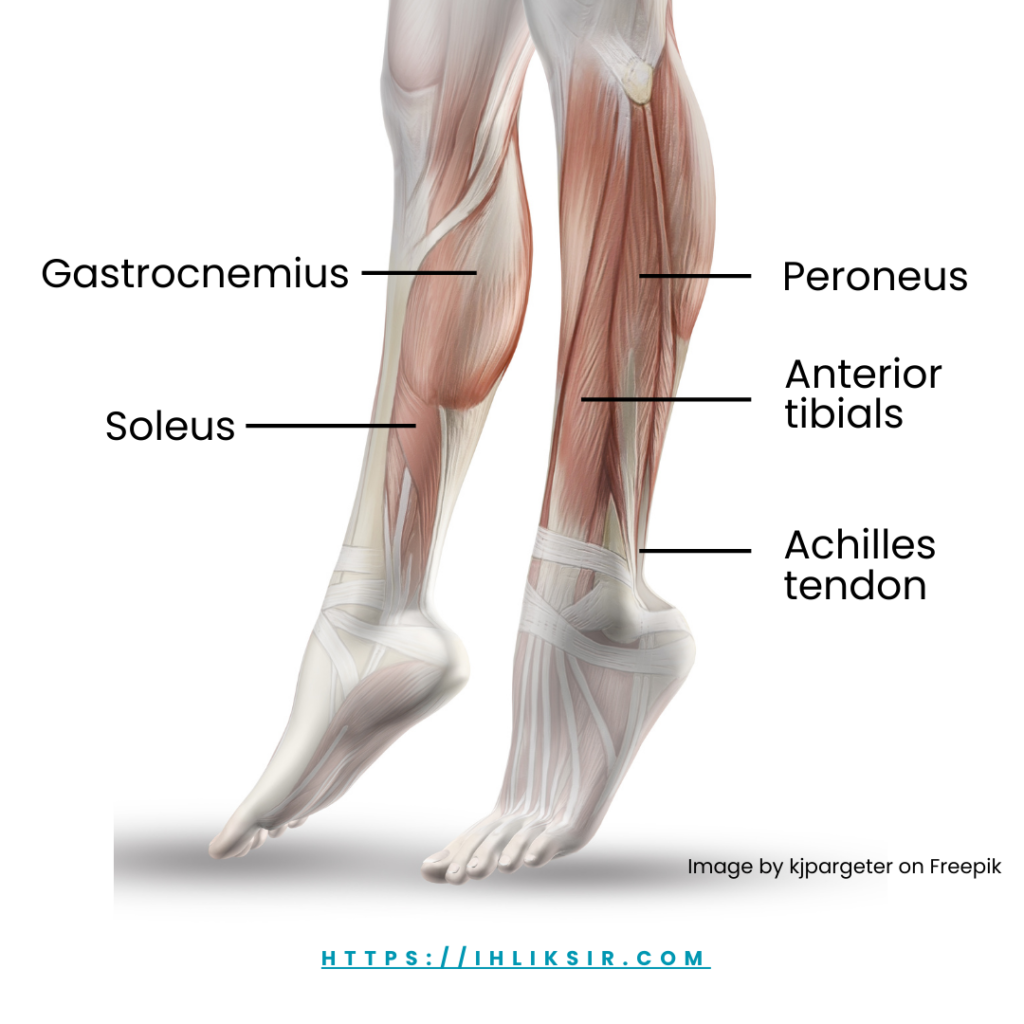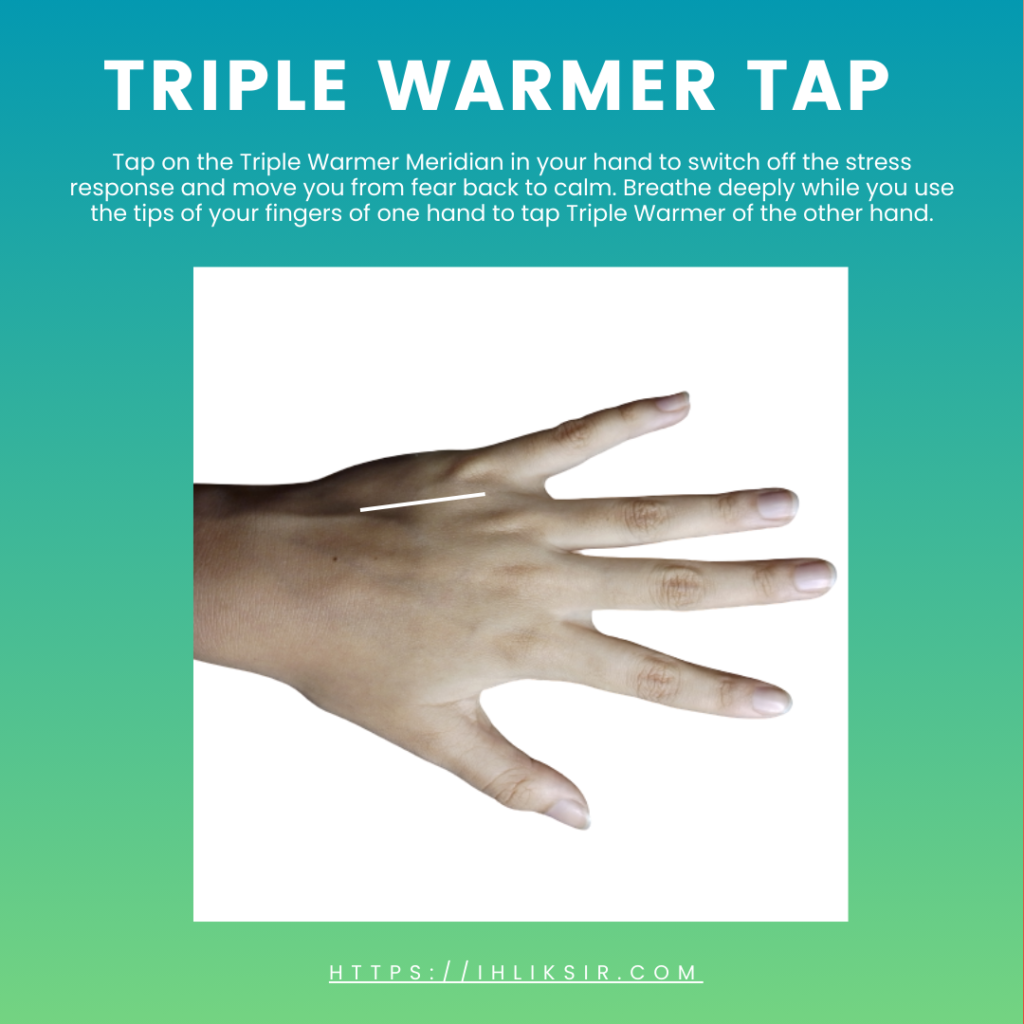High Heels – A Power Walk or A Power Down?
High heels click-clacking down the hallway – a symbol of power and sophistication in the corporate world. But beneath the sleek veneer lies a potential detriment to your physical health and well-being. While high heels can elevate your confidence, they can also elevate your risk of pain and discomfort. Do you wander “Why do my feet hurt?” Let’s delve deeper into how the elevated footwear impacts your body and your well-being.
The Tilt Shift: Why You Lean Forward
High heels, while stylish, can disrupt your body’s natural alignment. High heels create a domino effect in your body, ultimately leading to a forward-leaning posture and potentially weakening your calf muscles.
- Shortened Achilles Tendon: High heels keep your ankle constantly flexed, effectively shortening the Achilles tendon, a band of tissue that connects your calf muscles (gastrocnemius and soleus) to your heel bone.
- Limited Ankle Dorsiflexion: Due to the shortened Achilles tendon and pointed toes, your ankle joint loses its natural range of motion, especially dorsiflexion (lifting toes upwards).
- Shifting Center of Gravity: With limited ankle dorsiflexion, your body struggles to maintain balance over the balls of your feet when you wear high heels. To compensate, your center of gravity shifts forward.
- The Leaning Response: To keep yourself upright with the shifted center of gravity, your body leans forward at the ankles, knees, and hips.
Calf Muscle Action of Wearing High Heels
The gastrocnemius, the larger and more prominent muscle, pushes your foot down (plantarflexion) for a powerful stride. The tibialis anterior, on the front of your shin, lifts your toes upwards (dorsiflexion). The soleus muscle, located deeper in the calf below the gastrocnemius, plays a crucial role in ankle stability and plantarflexion (pointing toes down). The peroneus muscles run along the outer side of your calf and ankle and are responsible for everting the foot (turning the sole outwards) and providing some stability.
High heels keep your ankle constantly flexed, essentially shortening the gastrocnemius muscle. Over time, this constant state of contraction can lead to tightness and shortening, even when not wearing heels.
With high heels, your ankle joint adopts a more inverted position (foot rolls inwards). To counteract this and maintain stability, the peroneus muscles, particularly the peroneus longus, have to work harder to evert the foot and keep it aligned. This increased activation can lead to fatigue and tightness in these muscles.
With your toes pointed downwards in heels, dorsiflexion is limited. This reduces the need for the tibialis anterior to work actively.
The soleus might not be actively engaged as much as it would be during normal walking or standing. This lack of regular activation over time could contribute to some weakening.

The forward-leaning posture from heels can put extra strain on the entire calf complex, as your body tries to maintain balance and stability.
Gait Game: How High Heels Change the Way You Walk
Our natural gait relies on a complex interplay of muscles and joints. High heels disrupt this delicate balance:
- Shortened Strides: The elevated heel reduces the range of motion in your ankle, forcing you to take shorter steps. This alters your walking pattern and puts extra strain on other parts of your body.
- Altered Posture: To maintain balance, your body compensates by arching your lower back and potentially thrusting your shoulders forward. This “high heel posture” can lead to pain in your back, neck, and shoulders.
- Balance & co-ordination: The elevated heel in high heels disrupts the natural gait cycle. The peroneus muscles play a role in controlling the foot during the push-off phase of walking. With altered mechanics, these muscles might not function as efficiently, potentially impacting balance and coordination.
- Increased Knee Strain: The shortened stride and altered posture can put undue stress on your knees, increasing the risk of pain and injury.
Why Do My Feet Hurt? The Impact of High Heels on Your Feet
Let’s look at how high heels could be causing your feet to hurt.
- Pain in the balls of your feet: When you wear high heels, your center of gravity changes. Normally, your weight is distributed fairly evenly across your entire foot. However, high heels elevate your heel, forcing your body weight to shift forward onto the balls of your feet. This forward weight shift concentrates a significant amount of pressure on a smaller area which can lead to discomfort, pain, and even callus formation.
- Bunions: High heels, especially those with pointed toe boxes, squeeze your toes together. This constant pressure can force the big toe joint to deviate outwards, forming a bony bump (bunion) on the side of the foot.
- Hammertoes: The pointed toe box and elevated heels force your toes to curl downwards. Over time, this position can become permanent, leading to hammertoes where the middle joint(s) of the toes become permanently bent.
- Inflammation: The constant downward pressure on the toes in heels can irritate the tendons and ligaments, leading to painful feet and inflammation. This can further contribute to the development of hammertoes.
- Plantar Fasciitis: The plantar fascia is a thick band of tissue that runs along the sole of your foot, supporting the arch. High heels shift your weight distribution forward, placing excessive stress on this band. This chronic stress can lead to inflammation and pain in the heel, a hallmark of plantar fasciitis.
- Limited Flexibility: The shortened calf muscles caused by high heels can limit ankle dorsiflexion (lifting toes upwards). This tightness can affect how the plantar fascia absorbs shock during walking, further increasing the risk of inflammation.
- Potential for Ankle Sprains: The increased inversion and reliance on the peroneus muscles for stability can make the ankle joint more vulnerable to sprains, especially if you take an unexpected step or lose balance.
While high heels are a risk factor, they aren’t the sole cause of these conditions. Genetics and foot structure also play a role. The severity of the effects also depends on the frequency and duration of wearing high heels.
Maintaining healthy feet is crucial for overall well-being. If you experience pain or discomfort in your feet, consult a podiatrist for proper diagnosis and treatment.
Beyond the Physical of Pain in the Feet
According to Traditional Chinese Medicine (TCM) certain energy channels flow through the legs and feet. The unnatural foot position and impairment caused by high heels disrupt the flow of energy through these meridians, potentially contributing to fatigue and imbalances.
In particular, the gastrocnemius and the soleus are related to the Triple Warmer Meridian and the peroneus and tibials are related to the Bladder Meridian.
The Triple Warmer is always on the alert for danger and triggers your flight or fight response (aka it sends you into overdrive if you’re experiencing stress). Your bladder is responsible for eliminating fluid waste. When the meridians are out of balance, the body does not function as it should and then we experience various symptoms and health issues.
Gait Massage to Ease Painful Feet & Correct Gait
To help rectify your gait, hold the ball of your foot with your fingers and massage the top of your foot (just in front of your toes) with your thumbs. Repeat on the other foot.

Balancing Bladder Meridian
To help get your bladder energy re-balanced, gently place your finger tips on your forehead above each eye and hold with light pressure for about 30 seconds.

Calming Triple Warmer Meridian
To calm the Triple Warmer Meridian, use the fingertips of one hand to tap the Triple Warmer Meridian on the other hand. Breathe deeply while you’re tapping.

Empowering Alternatives: Stepping Up Your Comfort and Confidence
The good news: You don’t have to sacrifice style for comfort. Here are some empowering alternatives:
- Embrace Flats and Loafers: Stylish flats and loafers come in a variety of colors and textures, allowing you to maintain a professional look without compromising comfort.
- The Power of Wedges: Wedges offer a touch of height with greater stability and support compared to stilettos.
- The Mighty Kitten Heel: Kitten heels provide a subtle lift while still allowing for a more natural gait.
You can also do this if you still want to wear high heels:
- Wear flats around the office and only wear the heels when you need to.
- Alternate your shoes so you’re not wearing high heels everyday.
Remember, true confidence comes from within, and your professional presence can be conveyed through your communication skills and overall demeanor, not just your footwear. Prioritizing your well-being is a power move in itself, allowing you to perform at your best.
Disclaimer:
I am not a medical professional. The information provided on this website is for informational purposes only and is not intended to substitute professional medical advice, diagnoses, or treatment. Always seek advice from your physician or other qualified healthcare provider before undertaking a new health regimen.
Do not disregard medical advice or delay seeking medical advice because of information you read on this website. Do not start or stop any medications without speaking to your medical or mental health provider.
Jennifer Tak is a certified Integrative Health Practitioner & Energy Coach who helps busy professionals regain their energy and conquer stress, gently and naturally. Jennifer had over 20 years of corporate life and was stressed out and exhausted. Now she’s using her previous corporate experience, combined with her hippy inclinations with health and energy medicine to simplify health for busy people. Get a FREE copy of her Stress Relief e-Book for 15 ways to reduce your stress quickly, gently and naturally.


Hey Jennifer,
Your discussion about the effect of high heels on foot pain and body alignment is enlightening and essential to understanding common discomforts. The detailed exploration of how high heels affect the body’s natural posture, potentially causing a cascade of issues, serves as an essential reminder of how footwear choices can impact our health. It is fascinating to see how conventional wisdom and Traditional Chinese Medicine perspectives are combined, providing a holistic view of the consequences of fashion choices on our physical well-being. This insight encourages thoughtful consideration of the balance between aesthetics and health, prompting readers to make informed decisions about their footwear to prevent long-term damage. The article’s value is further enhanced by the practical tips for reducing foot pain and improving gait, making it a must-read for anyone experiencing foot discomfort or interested in preventive health practices. Thanks for this great piece.
Thank you Sara! Yes, high heels might look nice but is the long term damage worth it? It is certainly not a good idea to wear them all day every day.
Your article on the woes of high heels really struck a chord. It’s amazing how something as stylish as high heels can wreak havoc on feet and overall well-being. You nailed it by explaining how wearing high heels messes with the body’s natural alignment. The way they tilt the posture forward and shorten the Achilles tendon—it’s no wonder feet end up hurting! And let’s not forget about those shortened strides and increased pressure on certain areas, leading to bunions and hammertoes!
I also appreciate how you touched on Traditional Chinese Medicine and its perspective on foot health. Those simple massage techniques to balance energy meridians sound intriguing and worth a try.
And thank you for the reminder that we don’t have to sacrifice comfort for fashion, and true confidence comes from feeling good inside out. Thanks for shedding light on this important topic and giving practical tips to take care of our feet!
Thanks Chase! There are many things that move us away from health but there are also many things we can do to improve our health, even little things can make a big difference in the long run. That’s why I love energy medicine exercises – they take very little time but can keep us healthy.